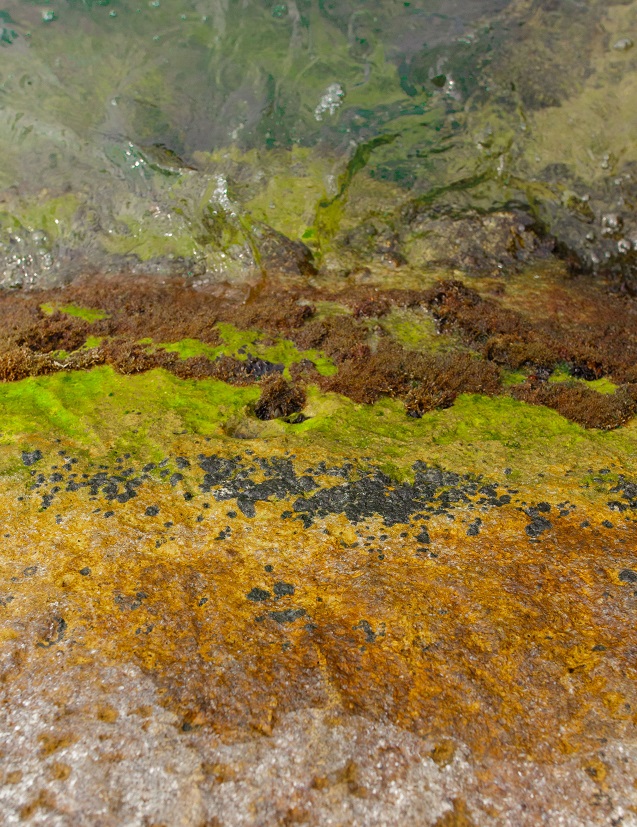Protecting People and Animals from Harmful Algae Blooms
Program
Highlights

In a multi-agency partnership, the California Rare Disease Surveillance program (an initiative of PHI's Tracking California) set up a statewide system for investigating and reporting the exposures of harmful algae blooms to help protect both people and animals.
40 reports filed with HABs tracking system within the first two years
-
Focus Areas
Environmental Health -
Expertise
Research – Surveillance
Harmful algal blooms (HABs) in bodies of water like lakes or oceans can produce toxins that cause illness in people, pets, livestock and wildlife.
In 2017, PHI’s Tracking California sought to establish a reporting system for health impacts resulting from exposure to HABs—but realized that there was no centralized place to gather this information, no specific agency tasked with tracking these impacts, and no protocol for doing so.
In a multi-agency partnership, the California Rare Disease Surveillance program (an initiative of PHI’s Tracking California) helped to set up a statewide system for investigating and reporting HABs exposures. Their findings are shared with California stakeholders as well as to the CDC.
As of early 2020, 40 impact reports have been filed since the system launched in January 2018.
Work With Us
You change the world. We do the rest. Explore fiscal sponsorship at PHI.
Support Us
Together, we can accelerate our response to public health’s most critical issues.
Find Employment
Begin your career at the Public Health Institute.
